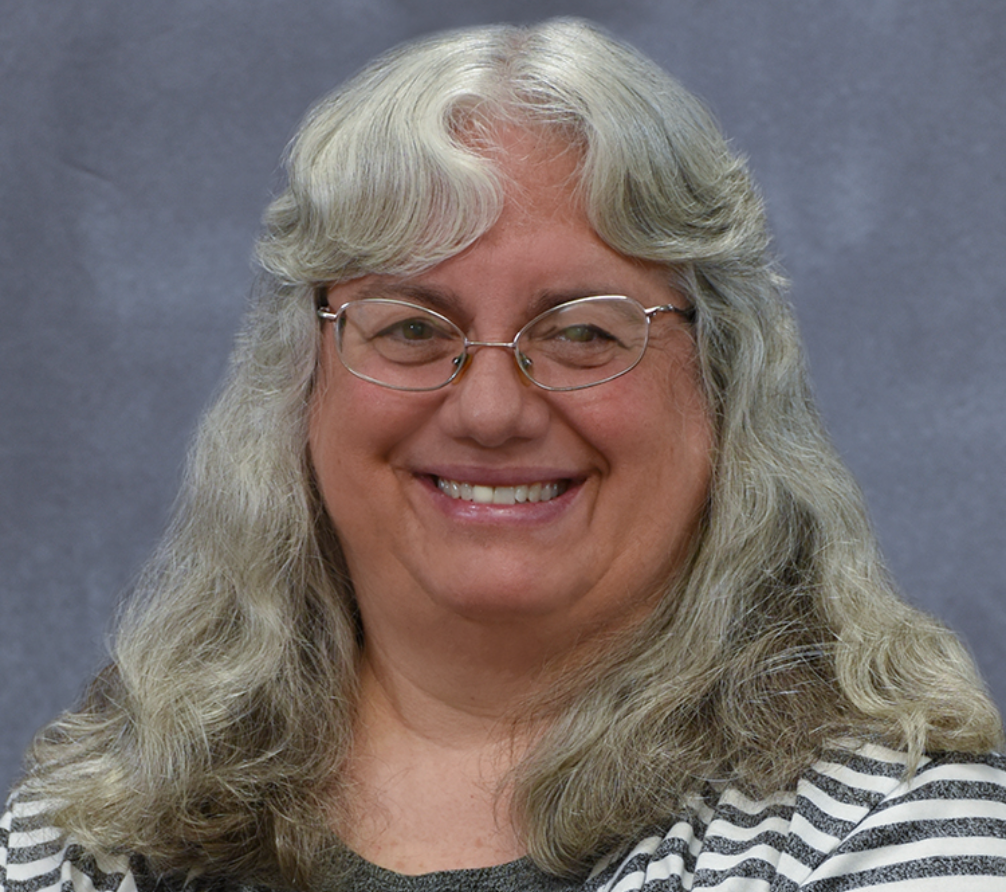Video
Promoting Access to New Therapies in Vitiligo
Author(s):
Experts in dermatology comment on the need to promote access to emerging treatments in vitiligo.
Seemal Desai, MD: So, Ted, we talked about access to therapy and wanting for clinicians and dermatologists to be able to get new treatments in the hands of their patients. Talk to me about some tips, tricks; ways that you've been able to motivate your patients and what can we share with our colleagues on access to therapies and how they can get some of these?
Ted Lain, MD: I really think it all starts with documentation in the progress note. If you look at the endpoints for the clinical trials and who this cream is indicated for, this topical is indicated for, that will dictate how you should document in your chart as well. I document an f-VASI [facial vitiligo area scoring index], for example. I document a t-VASI [total vitiligo area scoring index]. It's not hard. It is the number of handprints, multiplied by the degree of pigmentation. So, for example, these patients in order to get in a clinical trial had to have an f-VASI [facial vitiligo area scoring index] of 0.5 % and they had to have at least, I believe, up to 10% and that's why the 10% is the cut off, up to 10% vitiligo in the rest of the body. If you understand that, then you can document appropriately in order to have the ammunition to go back to the payer to say, “Look, they meet criteria for this and by the way, this is the only thing that is FDA-approved for this indication. What do you want me to do?” So, I kind of go back with those 2 and then finally, we have a biologic coordinator. We have someone who, unfortunately, we pay in order to get these drugs approved, which is counterintuitive, but we do it anyway. That person is very good at utilizing all the promotions and rebates and the opportunities that the pharmaceutical companies provide in order for us to get these drugs into the hands of our patients.
Seemal Desai, MD: That's a whole other multihour discussion because the amount of overhead that it costs our practices to have individuals like that, but guess what, if we don't then the patients aren't going to get the therapy. It's the unfortunate nature of the system we're in. Heather, what are some of your thoughts on this topic?
Heather Woolery-Lloyd, MD: So, I agree with everything that you said. The other thing that I really try to utilize are the patient assistance programs, because they're there for a reason. I think sometimes we underutilize them because “Oh, it wasn't covered, I'm so sorry,” but we really have to, in some ways, change gears and say it wasn't covered, but they also have a patient assistance program. A lot of times it's very simple; it's a one pager that you fill out and they send it in. They just basically disclose their income. Sometimes they request documentation, sometimes they don't, though. Sometimes they don't even request documentation. I think that we need to take much more advantage of that because that's there for us to use for those reasons. Instead of saying, “It's not covered, let's try something else,” I try my best to go with those patient assistance programs when I have difficulty with insurance.
Seemal Desai, MD: I think that's a really good point because I will admit that sometimes when we're frustrated doing prior authorizations and after a really busy day and answering multiple call backs and path reports, etcetera, that's the last thing on my mind. You're absolutely right and probably that biologics coordinator or that 1 staff person in your office is the point. Do you all have a point person in your practices or at the university that helps? Brittany, do you have someone?
Brittany Craiglow, MD: Yes, in general.
Seemal Desai, MD: In general, that's someone who does it?
Brittany Craiglow, MD: Yeah.
Seemal Desai, MD: I sort of have one of my medical assistants who's become our de facto person and she does a great job. Nada, what about you?
Nada Elbuluk, MD: Yeah, we have a coordinator who helps in that role. I think it's been mentioned, it is very time consuming and so getting authorization is – it's a necessary thing we have to do, but unfortunately, it does take a lot of staff time and physician time to get our patients sometimes what they need.
Seemal Desai, MD: It makes sense. One thing that I wanted to mention earlier that we talked about, and I think coverage is a great place to put this, is there's been great papers. In fact, there was one that just came out in the literature last week that talked about dyslipidemia and metabolic syndrome and other systemic comorbidities with vitiligo. We have a form letter in our practice that if we get a denial, we just print out the form letter. I put it on a letterhead, I sign it, and we actually staple the PDF of these papers and send them to the insurance company. We'll still get denials and then I say, “Well did you get on the phone with the medical officer? Did you not read the paper that I just sent you?” This is a systemic disease. Have you any of you tried tactics like that?
Nada Elbuluk, MD: Absolutely, I've definitely sent papers to them. There's also a great one that was in the JAAD [Journal of the American Academy of Dermatology]; “Vitiligo is Not a Cosmetic Disease.” I love to send that paper when they send back the rejection because they're trying to call it cosmetic. The other thing, you and I are on the board of the Global Vitiligo Foundation and so we have letters that we've written on there, which can – so that you don't even have to go through all that work, that you can print. That basically will help you to try to get authorization for topicals. We have one now for ruxolitinib, we have for phototherapy, with citations included in the letter so that's just to help all the physicians out there with trying to get coverage for their patients.
Seemal Desai, MD: So, I'm so glad you plugged the Global Vitiligo Foundation, and the Global Vitiligo Foundation is a non-profit so I'm just going to say, an incredible resource for clinicians and for patients. Support groups are very important in vitiligo. There are some amazing vitiligo support groups out there on Facebook, on social media. World Vitiligo Day is now highly organized and propelled forwards because of patients. If you have a patient who really wants to feel connected with other vitiligo patients, a great opportunity is through the support groups. I'd encourage everyone to send their patients to the Global Vitiligo Foundation website. Obviously, my conflict is I'm on the board of directors, so is Dr Elbuluk, but this is a nonprofit that's really designed to help advance our understanding of vitiligo and really empower patients. The patient voice is so important, especially as we continue to advocate for more NIH [National Institutes of Health] funding, for more research dollars and really wanting to advance the field of the disease.
Transcript edited for clarity





